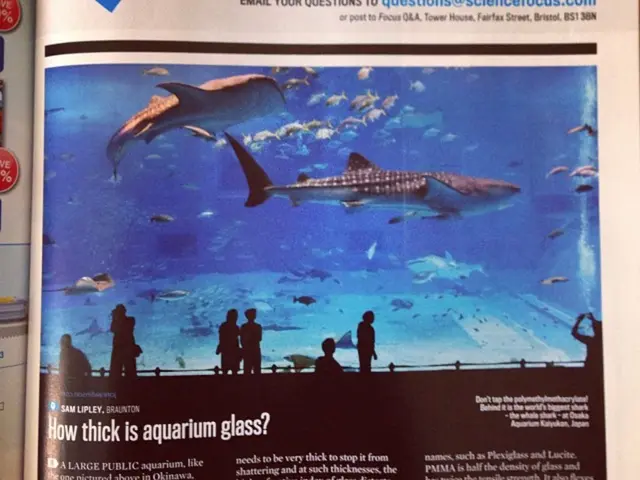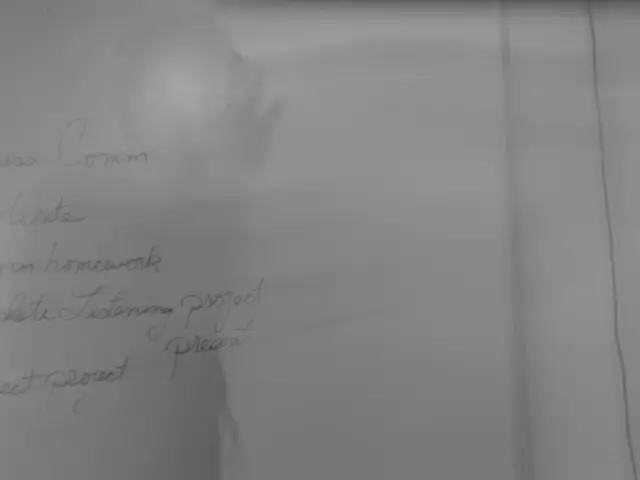Title: Unveiling Earth's Mini-Moon Enigma: A Fragment of Lunar Origins
Last year, our planet had an intriguing temporary addition – a mini-moon, which was none other than a broken-off piece of our regular Moon! This fascinating discovery was made in August 2024, when the small asteroid 2024 PT5 was spotted by the Asteroid Terrestrial-Impact Last Alert System (ATLAS). Measuring a mere 10 meters across, this tiny space rock shared an orbit around the Sun that closely matched Earth's, suggesting a local origin.
A new study, published in the Astrophysical Journal Letters, revealed that the asteroid's composition aligned with lunar rock samples, indicating a lunar origin. In fact, the asteroid was found to be rich in silicate minerals, such as pyroxene, which are more common in lunar rocks than in other asteroids.
"We had a general idea that this asteroid may have come from the Moon, but the smoking gun was when we found out that it was rich in silicate minerals – not the kind that are seen on asteroids but those that have been found in lunar rock samples," explained Teddy Kareta, an astronomer at Lowell Observatory in Arizona and the lead author of the study.
Scientists were able to rule out the possibility that the mini-moon was space junk in an Earth-like orbit, which was earlier the case for another temporary mini-moon discovered in 2020. The main difference between asteroids and space junk lies in their movement in space, as solar radiation exerts a tiny force on objects, either speeding them up or slowing them down.
Natural objects such as asteroids experience a lesser effect from solar radiation, while human-made debris is pushed around by the pressure of sunlight given its lighter weight. In the case of 2024 PT5, its movement differed from that of typical space debris, indicating a much denser composition.
The study also highlighted a lack of space weathering on the surface of the mini-moon, suggesting that the impact responsible for its creation occurred relatively recently – within the past few thousand years. This discovery of lunar asteroids could increase as telescopes become more sensitive to detecting smaller space rocks. The ability to trace these lunar asteroids back to specific impact craters on the Moon could help scientists gain insights into the lunar surface cratering process.
Key evidence supporting the lunar origin of 2024 PT5 includes its reflectance properties, mineral composition, orbital analysis, rotational characteristics, and historical impact, as well as a comparative analysis with lunar samples collected by Apollo crews and Soviet robot landers. These observations and analyses together strongly suggest that 2024 PT5 is, indeed, a fragment of the Moon.
The discovery of 2024 PT5's rich silicate mineral content, particularly pyroxene, aligned with lunar rock samples, strongly hints at a future in space science where we might uncover more fragments of our Moon. This revelation emphasizes the potential role of technology in expanding our understanding of the cosmos, particularly in the exploration of space and lunar craters.








